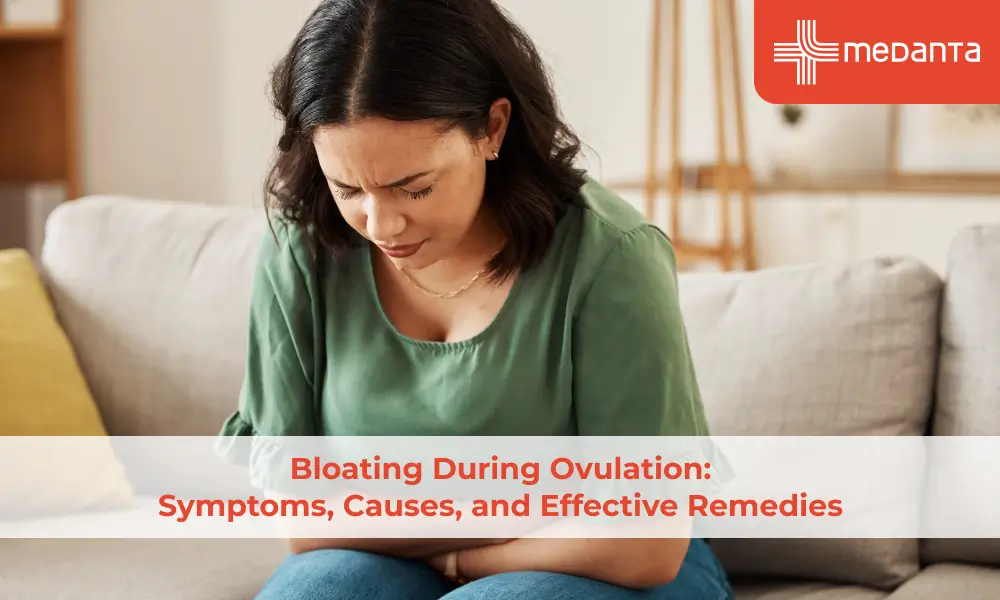Act F.A.S.T: Recognizing Symptoms and Preventing Brain Stroke
Every year, millions of people worldwide suffer from a brain stroke, which is a leading cause of death and disability. A stroke is a severe medical emergency that needs urgent attention because every second counts when it comes to saving brain tissue. In this blog, we'll discuss the different types of stroke, the causes of stroke, and the importance of recognizing the symptoms of a stroke. We will also give you tips on how to prevent stroke and what to do if someone is having a stroke.
Understanding Brain Stroke
A brain stroke refers to a medical condition in which parts of the brain do not get enough oxygen leading to loss of brain functions such as thinking, speaking and body movements. The symptoms vary based on the type of stroke and how much damage is done to the brain.
Brain strokes can be classified into 2 types: ischemic and hemorrhagic strokes. Ischemic strokes occur when there isn’t enough blood flow due to clogged arteries while hemorrhagic strokes happen when there’s bleeding in one or more areas of the brain. Both types of stroke can cause serious neurological issues if not treated quickly and appropriately.
It is really important to be familiar with the warning signs so that we can identify possible brain stroke symptoms as soon as possible and take immediate action before it gets too late or too serious. This is where F.A.S.T comes into play. By recognizing these 4 key warning signs, we can act fast to get the needed help when somebody may be experiencing a stroke.
The F.A.S.T acronym stands for:
- Face Drooping: People experiencing a stroke might have difficulty smiling, or their face may become asymmetrical on one side with drooping around their deep eyes, mouth.
- Arm Weakness: Weakness or lack of coordination in one arm may also be noticed in people who are having a stroke.
- Speech Difficulty: Speech difficulty is another common symptom where people experience difficulty with pronunciation and understanding other people’s speech when they are having a stroke.
- Time to Call for Help: As soon as any of these brain stroke symptoms appear, it’s time to call an ambulance immediately and seek prompt medical attention that could be the difference between life and death!
Not all cases show these symptoms but those who do require quick treatment so that the damages may be minimised and prevented from getting worse because leaving it untreated will cause further damages later on due to prolonged lack of oxygen getting into the brain tissues which could lead to permanent physical impairment and even death if not treated properly within 4-5 hours maximum window period available after experiencing the first symptoms of a stroke right away!
Acting F.A.S.T
Acting F.A.S.T is the key to a good outcome in case of a stroke. If you experience any of the symptoms mentioned above, call an ambulance immediately. Do not wait for the symptoms to go away because time is critical in stroke treatment.
While waiting for emergency services to arrive, it's essential to stay with the person and monitor their symptoms. If the person is conscious, make sure they are comfortable and do not give them anything to eat or drink. If they are unconscious, make sure their airway is clear and check for breathing.
In the hospital, the medical team will perform a series of tests to determine the type and severity of the stroke. These may include a physical exam, blood tests, imaging tests, and an electrocardiogram (ECG) to check the heart's rhythm.
Preventing Stroke
While some risk factors for stroke, such as age and family history, cannot be changed, there are various lifestyle changes and medical interventions that can help reduce the risk of stroke.
- Healthy Lifestyle Habits: Adopting a healthy lifestyle can significantly reduce the risk of stroke. This encompasses maintaining a healthy weight, consuming a balanced diet rich in vegetables, fruits, whole grains, and exercising regularly. Giving up smoking and alcohol consumption can also help lower the risk of stroke.
- Medical Interventions: Certain medications can help lower your blood pressure and cholesterol levels, hence reducing the risk of stroke. If you have diabetes, managing your blood sugar levels is also crucial in preventing stroke. In some cases, doctors may also recommend anticoagulant medications to prevent blood clots.
- Regular Check-Ups: Regular check-ups with your doctor can help identify and manage any underlying conditions that increase the risk of stroke. This includes monitoring blood pressure, cholesterol levels, and blood sugar levels.
Stroke Treatment and Recovery
The stroke treatment and recovery process will depend on the type of the stroke. In some cases, medication may be prescribed to dissolve blood clots or reduce the risk of future strokes. In other cases, surgery may be necessary to remove blood clots or repair ruptured blood vessels.
Rehabilitation is an essential part of the recovery process after a stroke. This may include physical therapy, occupational therapy, and speech therapy to help regain mobility, independence, and communication skills. In some cases, psychological support may also be necessary to manage the emotional impact of a stroke.
Stroke survivors and their families can also access several resources to help navigate the recovery process. These may include support groups, online forums, and educational resources.
Conclusion
A stroke is a medical emеrgency that needs medical attention as soon as possible. And, acting quіckly and bеіng aware of a stroke's warnіng signs and symptoms can grеatly increase the likelihood of a successful rеcovery. You can prevent strokе by leading a healthy lifestyle, taking care of underlying conditions, and getting regular checkups.
If you or someone you know experiences any symptoms of a stroke visit your nearest hospital immediately.






